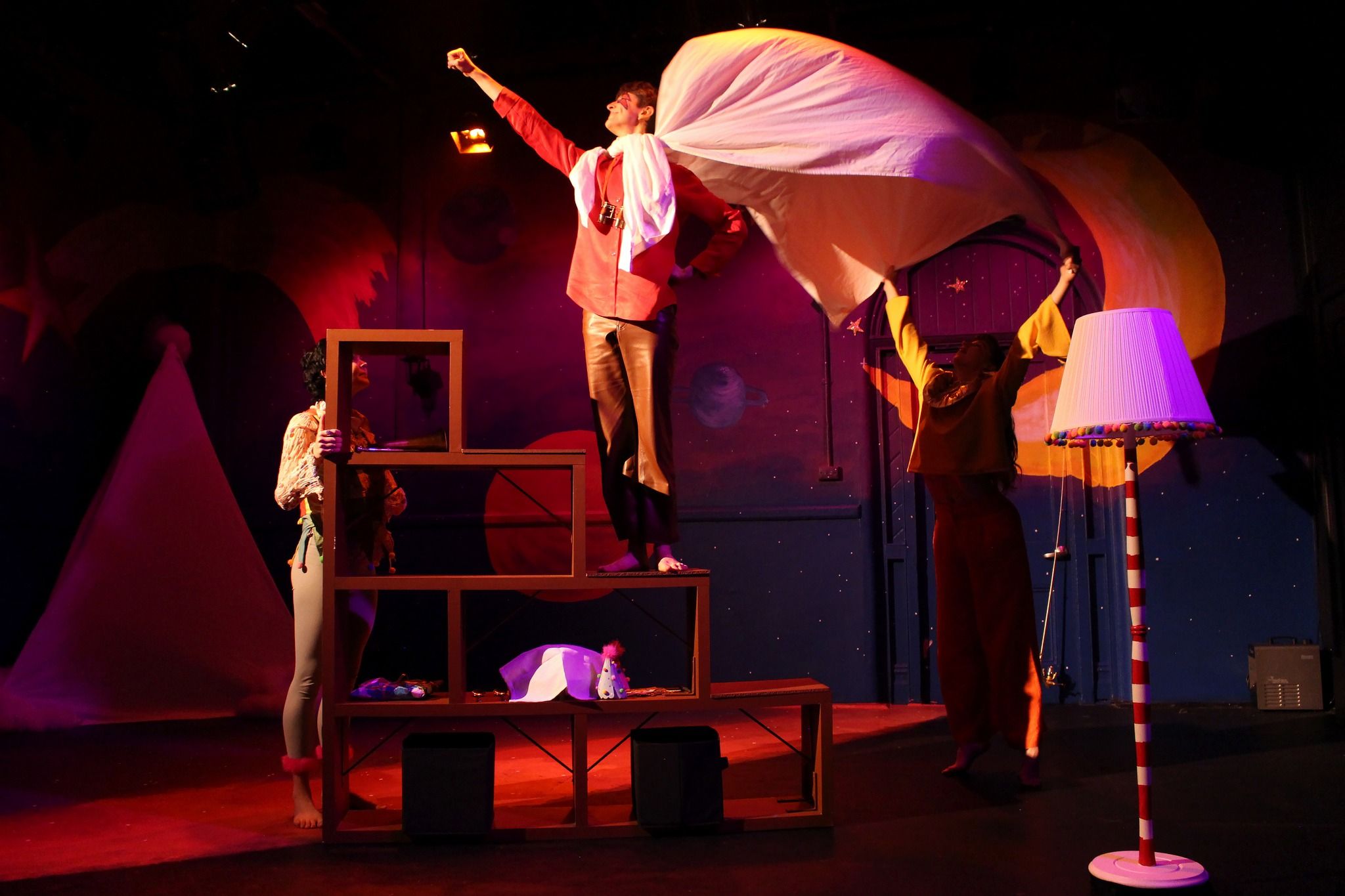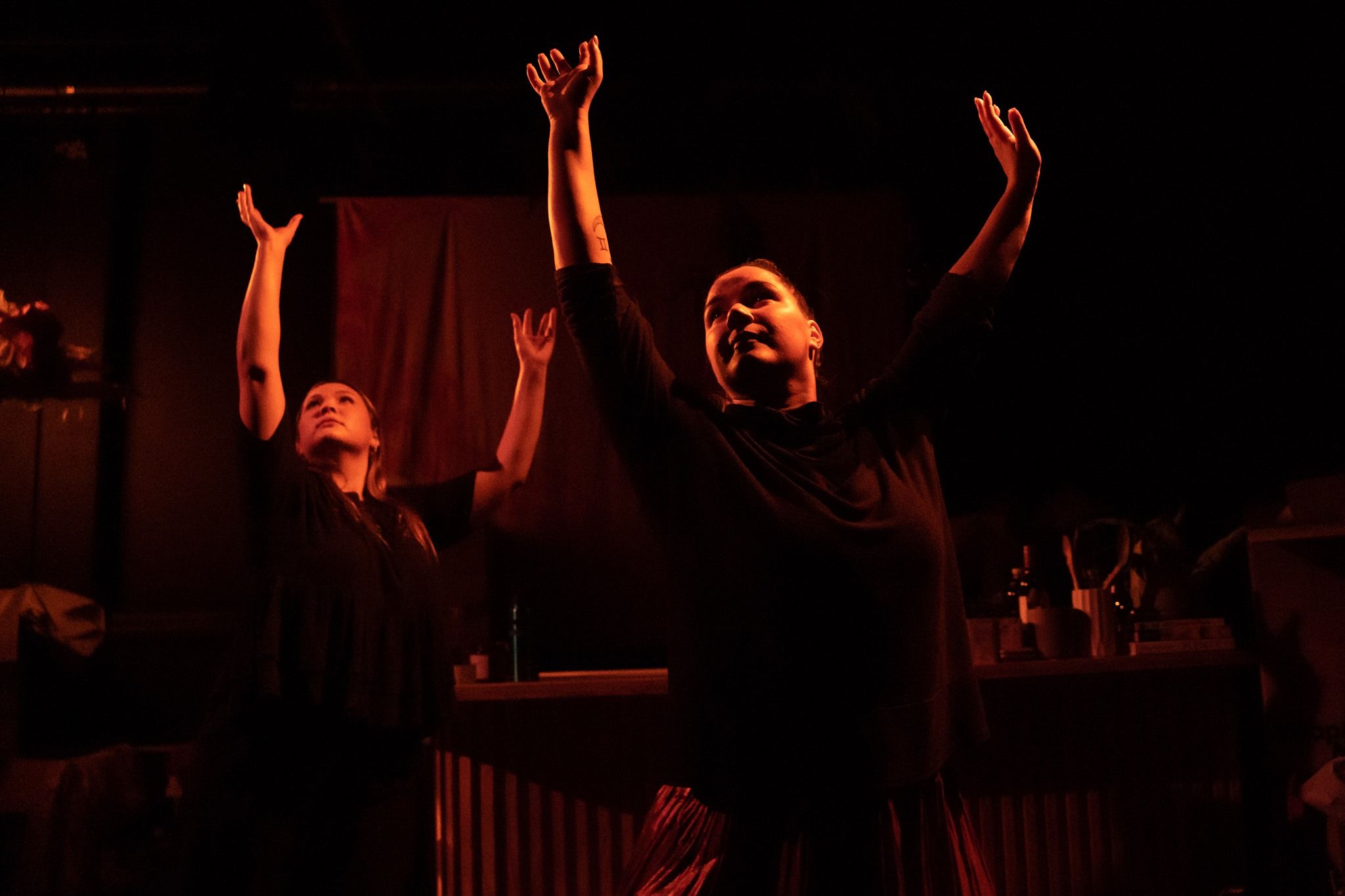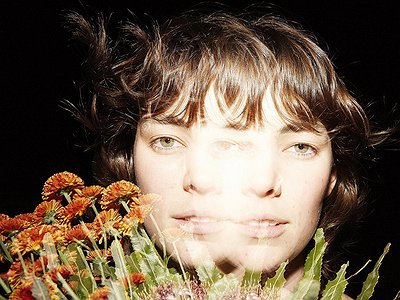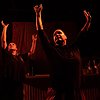Name: Sophia Hansen-Knarhoi
Occupation: Vocalist, songwriter, composer, cellist, guitarist
Nationality: Australian
Current release: Sophia Hansen-Knarhoi's Wildflowers EP is out via Ba Da Bing!
If you enjoyed this interview with Sophia Hansen-Knarhoi and would like to know more about her work and music, visit her on Instagram, Facebook, Soundcloud, and twitter.
When did you start writing/producing/playing music and what or who were your early passions and influences?
I think the reason I started song writing was because of Taylor Swift. I discovered her in my early teens and was so taken by the venerability of her song writing, as well as the way she really took autonomy over how she presented herself as an artist, something that you can see present throughout her career.
I think now I’m drawn to music you can feel a strong intention in, whether that be sonically, lyrically, or production wise. I don’t like to cut myself off from music just because it has a certain connotation or label attached to it. The majority of my listening over the past few months has consisted of fun pop chart topping albums. I love it!
I have been a cellist from age 10 but went through a very angsty stage in my teens which put a bit of a pause on my progress, its something I’m really working on at the moment. I started DIY recording and producing my own work around the start of my music composition degree (3 years ago). I was very lucky to be able to compose some music for dance students at my Uni, I learnt a lot through this just by trial and error.
With this work I feel like my primary influence was the movement its self, my challenge was to connect the music and dancer into a single organism.
If I understood correctly, you started writing music for dance choreographies early on in your career. What was it about this, specifically, that drew you to it?
Yes! I absolutely love my work with contemporary dance. I’d always been somewhat involved in dance, my cousin who I am very close with (features in the music video for ‘The Sea’) has been a dancer from an early age.
I used to love going to all their performances and was always astounded by the way the movement flowed and felt.

What were some of the choreographies and the related music that you enjoyed in the beginning?
My first job was working on a Female First Nations theatre piece. ‘Fire’, by Kalyakoorl Collective was about two estranged sisters repairing their family and cultural bond. There was a movement section that opened the show, choreographed by Nadia Martich.
Working with writer Ebony McGuire’s Noongar poem ‘Nidja Yeyi’, I created a composition using field recording, layered vocals, cello and percussion. It was awesome being able to work alongside such multifaceted, talented artists, I learnt a lot working on ‘Fire’ and am very grateful to the team for their wisdom and support.
Were you also a dancer at some point? Do you think it matters to have this kind of practical experience when starting to write for a dance troupe?
My only training in dance was when I was a littlun. I won the prize for best ballerina in my class when I was about 6. That and a very scary advanced hip hop class a friend dragged me along to, of which I was very underqualified for, at age 12.
But since making music for dance pieces, being at the rehearsals, I have had the opportunity to join in with warm ups and improvs. Stepping into movement with professional dancers can be intimidating, especially being the inflexible and slightly uncoordinated person that I am. But I’ve found it incredibly eye opening and important to help connect to the music I make for these dancers.
Living in London, I’ve been going to some free improv / gaga dancing classes occasionally and they are glorious.
What does dancing allow you to express compared to the act of writing and performing music?
I think with dance, I allow myself to take it less seriously than my music. Because I’m not trained, I allow myself to make more mistakes, and find more joy in those mistakes. It allows me to connect to music through another medium, which gives me a new perspective on the way to approach composing. I think the two really feed off each other.
How did you get started writing music for dance choreographies?
When I started my composition degree, I was paired up with some dancers to make music for their choreography recitals. I would sit in rehearsals and try to learn as much as I could about the way the choreographer and dancers thought, and the feeling they were trying to create through their movement. I found it fascinating.
From there I started getting offers for dance work outside of Uni, and have worked on some amazing dance and theatre pieces.
What makes music for dance “good”, from your experience?
I think how authentically connected the two are to each other. Something I’ve learnt is that contemporary dancers can move to just about anything, and a lot of their choreographic process is realised without accompaniment.
That’s why I believe it is so important as a composer to ground myself in the concept / narrative / feeling in discussion with the performance makers.

The press release states, about "Wildflowers": “I think being able to physically see the choreography, the gentleness and lightness of movement, I began to see a world of sound evolve from it.” This sounds fascinating - can you expand on that a bit?
I find working with dancers, there is an eb and flow of ideas between us in the creative process. We often simultaneously draw ideas from each others' work, allowing us to expand on existing material.
With the track “Wildflowers”, in its new context on the EP as a totally sonic experience, the addition of the harp almost replaced the dance element in the original version. The fluttering harp emulated the movement from the choreography which brought the song to fruition.
When I listen to music, I see shapes, objects and colours. What happens in your body when you're listening and how does it influence your approach to creativity?
I think different kinds of music evoke different experiences for me. Sometimes I am captivated by the narrative of a great storyteller, sometimes it is the physical embodiment of something like electronic dance music.
I think the way in which the music is presented is something to consider. If I’m at an techno dance music event, there’s something to be said about the sense of community, the way music can become a shared experience. And then there is the body’s response of movement to music, as you say everyone responds differently to different music.
I think it could be interesting to explore making music from my own movement discoveries, where in the past it has sprung from my role as the observer.
How do you see the connection between choreography and music more generally? Does the choreography reveal something that's in the music, comment on it, enhance it? What is the music without the choreography, what is the choreography without the music?
I think this connection flows both ways, sometimes ebbing and flowing more one way or the other. It's really up to the choreographer or composer to highlight moments of each others work.
Although this collaborative space is so fruitful, I think each of the creations creation sprung from each artist can exist as its own entity. Many of my compositions for dance have been the basis for, or fuelled ideas for my own song writing.
Do you think that creating a choreography to a piece of music is similar to the process of interpreting or “covering” a song?
I think that choreographing to music can allow for greater conceptual and thematic freedom than covering a song because it works across artistic mediums.
Especially to someone who is not of a dance background, like me, often dance works can feel quite abstract, and difficult to extract meaning from. Working with this ambiguity fused with a musical score, often guiding the audience to a sense of meaning, the result can be additive.
I have long been intrigued by choreographies set to music without rhythm whatsoever. Do you have any experience with these? Where does the movement come from in these cases, would you say?
I think moving to free tempo music and sound provides a sense of creative freedom and venerability for dancers.
I think as long as there is cohesion in the composer and performance maker, this can open up so many new creative possibilities for exploring movement.
Would you say that the experience of writing Wildflowers has impacted / affected / changed your songwriting process? Is this something you can see yourself returning to more often in the future?
For years I was trying to write playing my guitar writing verse / chorus / bridge. I kept getting bored. I didn’t feel like I was capturing the essence of the sound I could hear in my head.
This EP was where I found my sound, but I approached the songwriting of each very differently; improvising on my cello, layering vocals, writing poetry, starting from guitar and building upwards.
I think looking towards future writing, I’d really like to look at integrating technology into my process in new ways. I think Wildflowers is just the very beginning of me exploring that.
Different choreographers could potentially approach the same music with strikingly different movements (and vice versa). Would you say there can be 'wrong' and 'right' decisions for some choreographies? In which way can some of them be considered 'definitive'?
In any artform I don’t think it's productive to use the terms ‘wrong’ or ‘right’.
I believe the most interesting art is created when the artist finds the grey area. If the artist has intention, then the work will reflect that, no matter how an audience may interpret it. After all, art is subjective.
So you have every right to disagree with everything I’ve just said.






